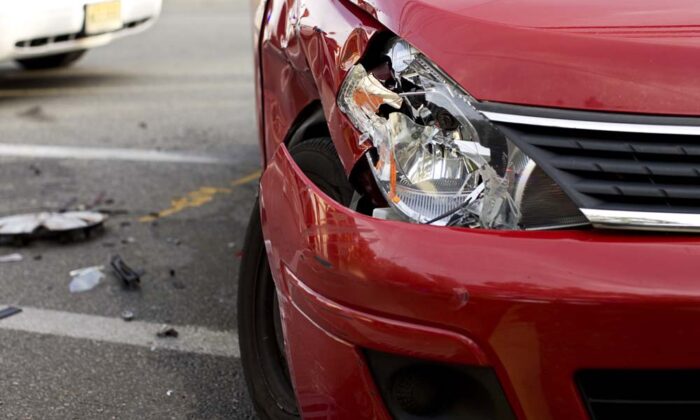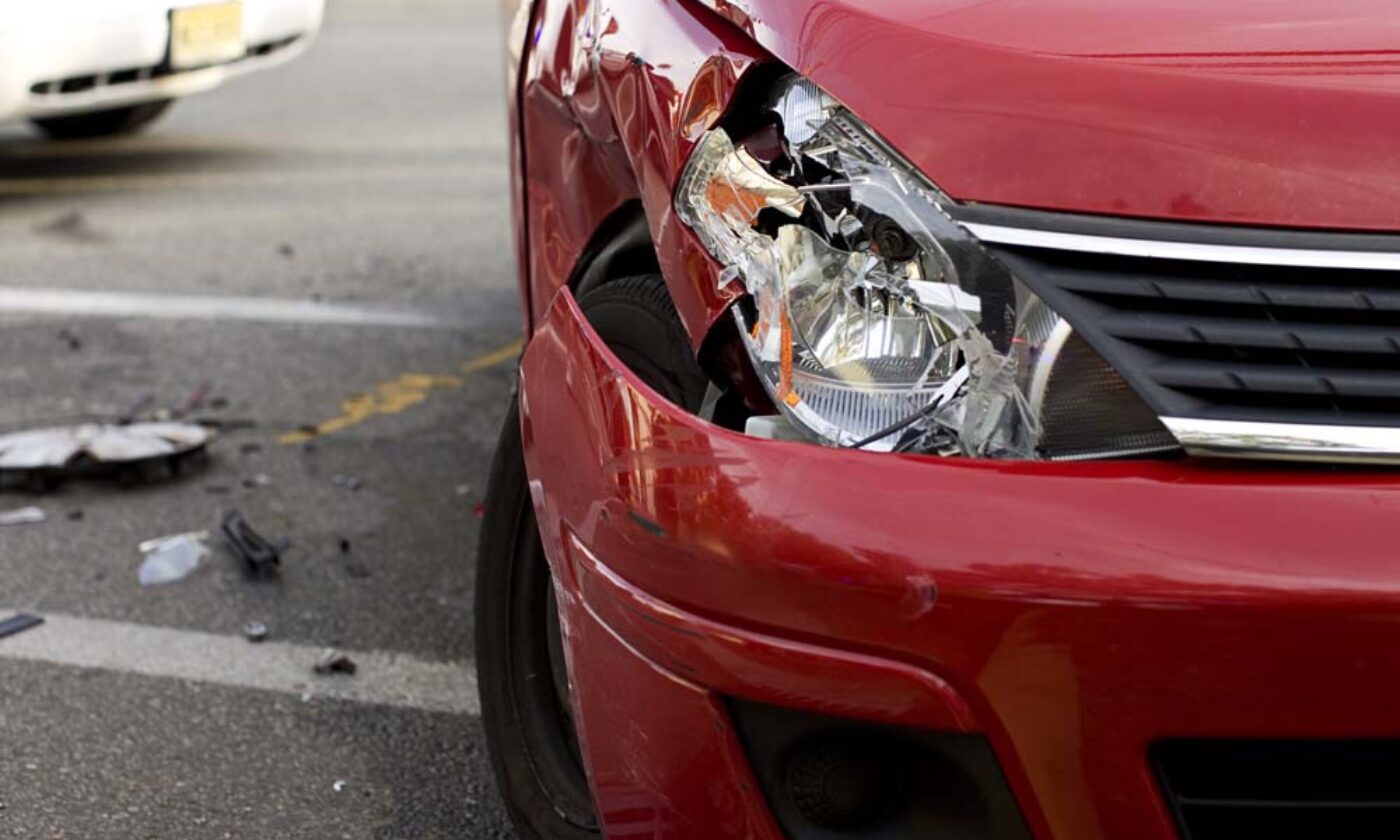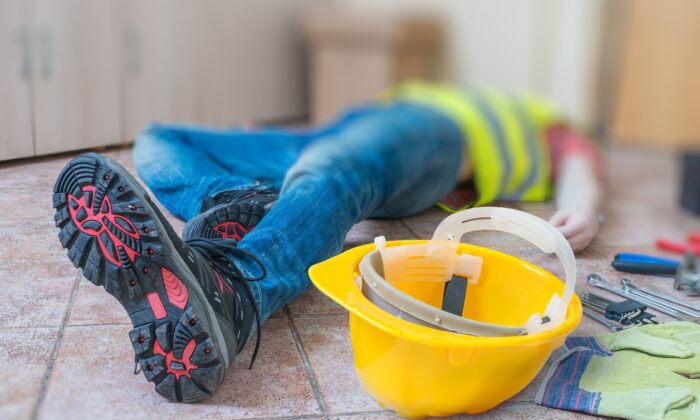Public Liability
Guide to Making Slip, Trip and Fall Claims
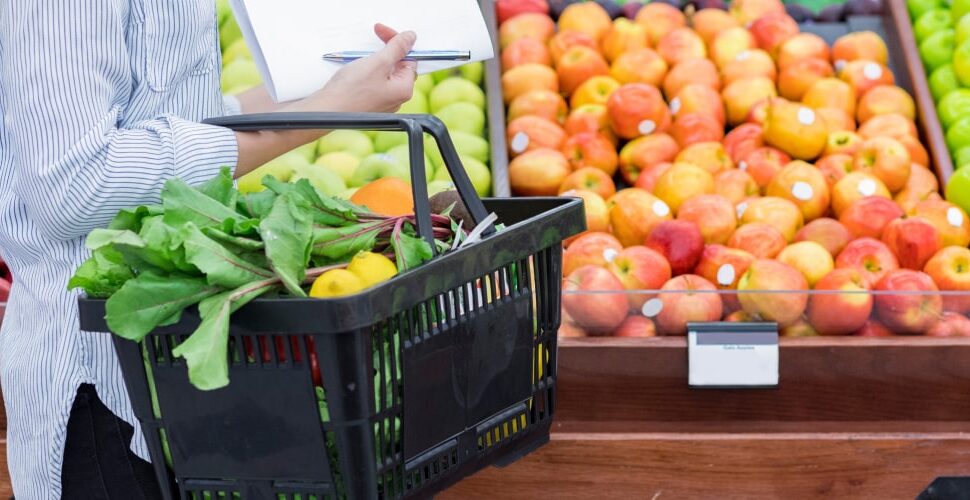
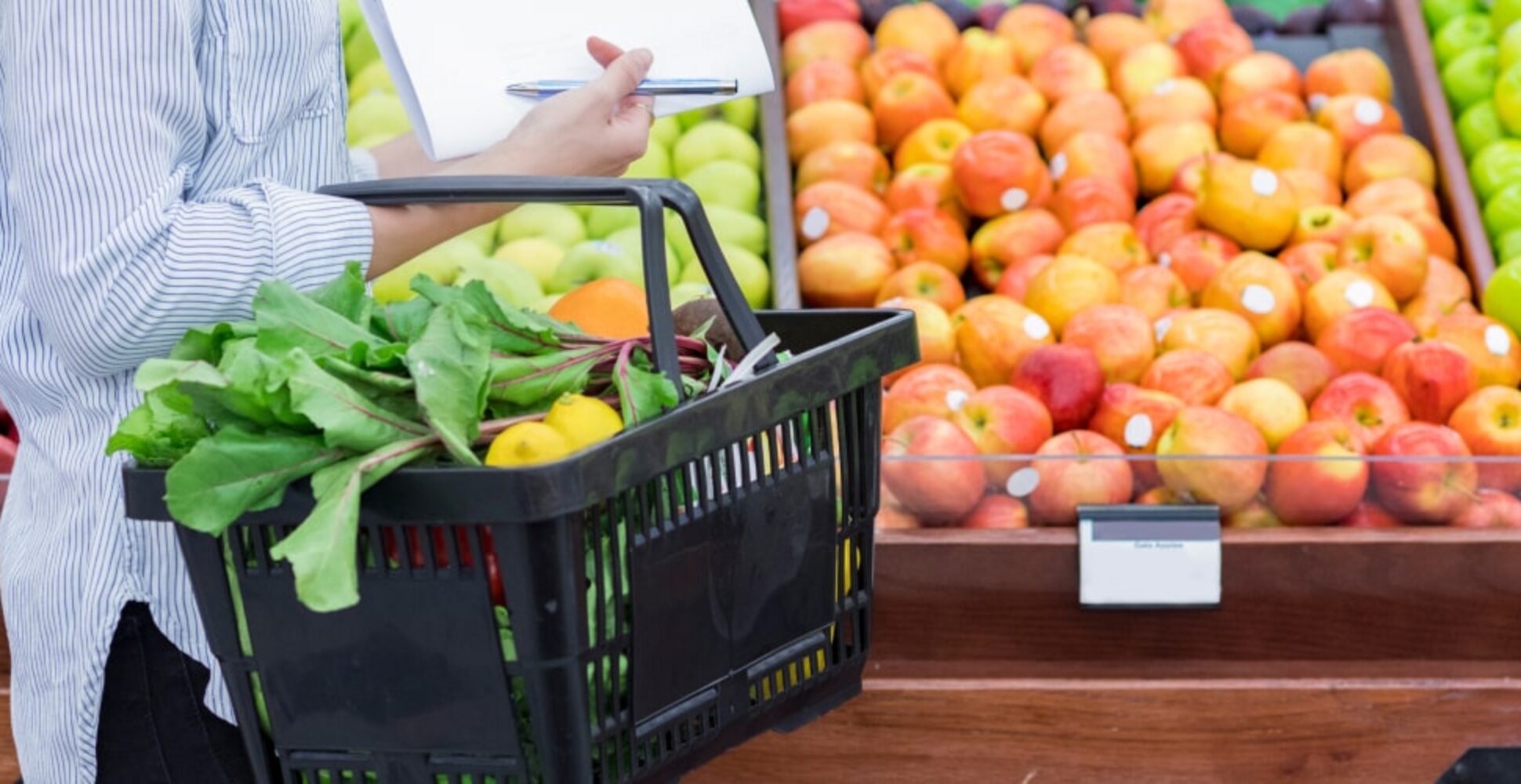
We all have a right to feel safe in public places, but unfortunately accidents can happen. Slips and falls in settings like supermarkets, shopping centres and rental properties can cause serious injuries, sometimes requiring surgery and rehabilitation.
Unexpected hazards – such as a spill on a supermarket floor – create conditions where a slip, trip and fall can occur. If you’ve been injured or suffered a loss while in a public space due to someone else’s negligence, you might be able to make a slip, trip and fall injury claim.
In this guide we’ll provide answers to some of the most commonly-asked questions about these types of claims, including:
- What are slips, trips and falls?
- Where do the most slips, trips and falls happen?
- What are the most common injuries?
- Can you get compensation for slips and falls?
- What can you claim for if injured in an accident?
- What is the compensation process?
- How long do you have to report a slip and fall?
- How long do settlements take?
- What is the average compensation for these types of claims?
- Who pays the compensation?
What are slips, trips and falls?
The phrase ‘slip, trip and fall’ refers to any kind of incident where a person sustains an injury on someone else’s property from slipping, tripping or falling because of a hazard. There are many types of settings where these incidents can occur, with three of the most common places being supermarkets, shopping centres and rental properties.
For slip and fall incidents, the hazard is usually a slippery floor surface (often a spillage on a tiled floor), and for trip and fall incidents, the hazard is often created by an uneven floor surface or an object that causes the person to lose their footing.
In public places, organisations or certain individuals are legally obligated to provide a duty of care for members of the public; the term for this is ‘public liability’. If a visitor to a public setting sustains an injury because of unsafe conditions, the organisation or individual in charge (such as, in the case of a rental property, the building manager or property owner) is liable if it can be proven that there was a breach of duty (i.e. they were found to be negligent).
If you’ve been injured from slipping or tripping in a public location, and you believe that the person responsible for keeping the space free from hazards breached their duty of care, you might be able to seek compensation for your losses.
Where do the most slips, trips and falls happen?
Common causes of slips, trips and falls include wet/slippery floors, uneven surfaces, cluttered walkways and poor lighting. These can cause injuries and even death, so it’s an issue that should be treated extremely seriously.
Here are some of the public places where slips, trips and falls frequently happen:
Shops and supermarkets
- Coles
- Woolworths
- Aldi
- Westfield shopping centres
- Car parks
Cafes, restaurants, fast food chains and bars
- McDonalds
- Hungry Jacks
- KFC
Sport and recreation facilities
- Gyms
- Pools
- Water parks
- Sporting grounds
Rental properties
- Office buildings
- Warehouses
- Residential unit blocks
Other public areas
- Hospitals
- Commercial buildings
- Schoolyards
- Airports
- Cruise ships
Keep reading to find out what to do if you fall in a store, and to learn more about suing the council after a fall.
What are the most common slip and fall injuries?
Here are some of the most common types of injuries that can happen from slipping, tripping and falling in a supermarket, shopping centre or rental property:
- Broken bones and fractures: The most common places for bone breakages and fractures from falls are the wrists, arms, ankles and hips.
- Muscle sprains: These sorts of injuries occur when muscles are suddenly stretched, which can lead to strains and tears. Sprains are most likely to occur in the knees, ankles, wrists and shoulders (rotator cuffs). If left untreated, these types of injuries can sometimes lead to more serious hip and back problems.
- Carpal tunnel syndrome: Trauma to the wrist can lead to carpal tunnel syndrome, which can occur when there’s excessive pressure on the median nerve. Symptoms include tingling, numbness or weakness in your hand and fingers.
- Cuts and bruises: Slipping and falling on a hard surface can cause abrasions, bruises and cuts.
- Back injuries: Herniated discs and damage to the spinal cord can occur through slip, trip and fall accidents. In the worst cases, these injuries can cause paralysis or even death.
- Head injuries: These can range from mild concussions to more severe brain injuries.
What to do if you’re involved in a slip, trip and fall accident
If you’re involved in a slip, trip and fall accident, the first thing you need to do is seek medical attention. Even if the injury seems minor, you should see a doctor to get their professional assessment. Although it might seem like you’ve twisted your ankle or sprained your wrist, the nature of your injury might be more serious, and ignoring it may make the problem worse. In some circumstances, an injury left untreated can lead to permanent impairment.
It’s also important that you report the accident to the person or organisation who is in charge (and possibly also to the police) so there’s a record of the incident.
Can you sue for a slip and fall to gain compensation?
There are certain situations in which yes, you can claim compensation for these types of accidents. To be eligible for a public liability claim, you need to be able to prove that the person responsible for managing the location (such as the building owner/manager) did not take action to remove the hazard.
If you’re planning to sue for such an accident, you should seek advice from a legal professional who specialises in slip and fall claims. Your lawyer will be able to guide you through the process of making a personal injury claim by providing liability legislation information and helping you collect evidence to substantiate your claim.
Say, for example, you slipped on a wet floor at a supermarket and injured your back. If the store manager was aware that the floor was wet (perhaps they knew that the air conditioner was leaking) and they didn’t do anything to remove the hazard or warn customers, you would have a case to claim slips, trips and falls compensation. An experienced lawyer will be able to assess your situation, and tell you whether you have a strong case.
What can you claim for if injured in a slip, trip and fall accident?
People make slips trips and falls claims to get compensated for losses and expenses associated with their injury. If you’ve fallen in a supermarket, shopping centre or rental property, these are some of the things you might be able to claim compensation for:
- Loss of earnings/income/wages
- Medical bills/expenses
- Pain, suffering, and loss of enjoyment of life
- Future losses (such as, for instance, the inability to earn an income in the future)
- Home modification
- Domestic assistance
- Care and assistance
- Injury and Rehabilitation
- Operations
- Time off work
- Travel expenses
This list outlines some of the expenses that people who’ve sustained injuries from slips and falls commonly claim for. If you’d like more detailed information about compensation, get in touch with a slips, trips and claims lawyer to discuss your case.
What is the slip, trip and fall compensation process?
To lodge a public liability claim, you’ll need to be able to prove that the individual or organisation at fault owed you a duty of care, and they failed to take this reasonable care. It will also need to be proven that the person or organisation in charge took no action to prevent the circumstances that lead to your accident, and that you suffered losses as a result. (It could also be possible that the person failed to follow proper safety procedures).
Here are some examples of documentation that might be needed to support your claim:
- Accident report
- Photographs
- Receipts or records of medical expenses
- Witness reports/statements
- CCTV footage
- Cleaning records
- Thorough records of rehabilitation expenses
Your decision to take court action will depend on a number of factors, including the severity of your injuries and the effect they’ve had on your quality of life. LHD lawyers have a No Win No Fee policy, which means that if you don’t win your case, you don’t have to pay legal fees. This can take the stress out of making a slip, trip and fall compensation claim.
How long do you have to report a slip and fall?
Regardless of whether you fell in a supermarket, shopping centre or rental property, there are time limits for reporting a slip and fall, and for making a claim for compensation. It’s important to report the accident as soon as you can, so that there is an official record of the event – this will improve your chances of proving liability. If you’re unable to report the accident immediately because you’re too injured, report it as soon as possible afterwards.
In Australia, slip and fall claims can be made up to three years from the date of the accident. (In certain cases, this can also be three years from the date where you first realised you had a significant injury). However, it’s usually always best to make a claim sooner rather than later.
How long do slip and fall cases take to settle?
There are numerous factors that can have an impact on how long it will take to settle the claim. In some circumstances it’s possible to agree to an out-of-court settlement, which usually means the situation can be resolved sooner.
Slip and fall cases in supermarkets and shopping centres generally involve large entities that have established protocols for handling incidents like these. This could potentially lead to a more streamlined process, and faster settlement negotiations.
On the other hand, slip and fall cases in rental properties can involve factors such as landlord-tenant relationships and premises liability. These cases may require additional investigation to determine responsibility and liability, which can prolong the settlement process.
Here are some variables that can affect the time until settlement:
- Where the accident occurred
- Whether or not the accident was immediately reported
- The amount of time before you contacted a lawyer
- The length of time it took for your injury to reach a stable condition
- The extent to which your ability to work has been affected
- The type of medical care you required
Since every case is unique, it’s not possible to provide an exact timeframe. On average, these sorts of cases take several months to a few years to be resolved.
Guide to slip, trip and fall payouts
If successful, this settlement will compensate you for your injuries. In cases where the injury is minor and a quick recovery is made, a settlement is usually made quickly. In cases where the injury is quite substantial and persistent, the claim will often take longer to settle in order to determine the true long-term nature of your injuries and ensure that you receive a fair amount of compensation accordingly.
What is the average compensation for a slip and fall?
Compensation amounts are calculated based on the nature and extent of your injuries. Slip and fall compensation amounts depend on the extent of your injuries and the expenses you’ve incurred. They tend to range from tens of thousands to hundreds of thousands of dollars.
Because each case is different, it’s not possible to provide an average Australian slip and fall settlement. Payout amounts are tailored to compensate the claimant for the losses they’ve sustained, as well as any ongoing support required.
The average payout can vary depending on where the incident occurred, such as supermarkets, shopping centres, or rental properties. However, it’s important to note that the specific circumstances of each case will have a more significant impact on the payout amount rather than the location itself.
Who pays the slip, trip and fall compensation?
This varies depending on where the injury occurred and who was at fault. If you were injured in a commercial location (like a supermarket or shopping centre) and your claim is successful, then the commercial entity will be liable to pay.
In a location such as a rental property, the building management or governing body responsible for the area’s upkeep may be held responsible for paying your compensation.
Example of a successful slip, trip and fall compensation claim
Our elderly client sustained back and hip injuries in an incident where they tripped and fell at a large retail store. Our client’s injuries were assessed by the Medical Panel as not meeting the threshold required to claim pain and suffering damages under the Wrongs Act. This decision was appealed to the Supreme Court, and we were successful in overturning the Medical Panel decision, paving the way for the resolution of the claim for pain and suffering damages.
Visit our public liability payout hub to read more examples of slip and fall cases won.
Make a public liability claim today
If you think you have a public liability claim to make, LHD Lawyers can help everyday Australians receive the benefits they’re entitled to. We are so sure of our abilities to win your case that we stand firmly by our No Win No Fee policy: if we don’t win, you don’t pay. Call 1800 455 725 for a no-obligation consultation about your case.
Author: Paul Singh
Original Publish Date: August 7, 2023
Last Updated: March 20, 2024

Check if you’re eligible or get free claim advice now
